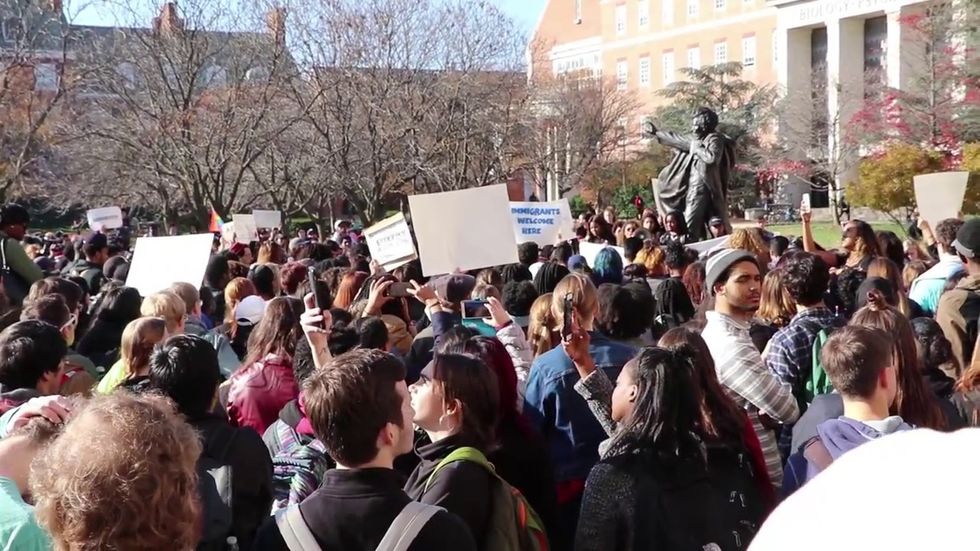Protect UMD was a coalition of various student groups from marginalized identities. This included American Indian, Black, Latinx, LGBTQIA+, undocumented and much more. This coalition was formed in response to the November 2016 election. The question remains nearly a full year from its inception: Did Protect UMD fail?
Yes and No.
If you were to view it from a UMD student perspective: Yes. The 68 coalition demands that were presented to the University of Maryland back in November was met with ridicule and doubt. Some of the demands were ambitious, and some seemed outrageous. As seen on the subreddit for University of Maryland (r/UMD), the discussion about “increased mental health support and resources for students of color” dated 9 months ago honestly showed skepticism. As a social activist myself, I was disconnected from Reddit entirely and was focused earnestly to be part of Protect UMD.
However, the first few meetings were met with interesting dialogue but then slowly but surely it resulted in little to no action from the student body nor the administration. The administration was unresponsive. At the same time, the dialogue was revolving around whether we should give more air time and dialogue space to those who supported Trump. Soon, it became clear that each of these student groups in their own little niches was unable to come together. They were unable to compromise over the differences each of the student groups on campus had. Some student groups were upset that they were not included in the demands. It honestly looked like the campus was dividing. As the coalition was formed quickly, it quickly fell into memory. Many students wondered what happened to the coalition.
But something happened, something that was very traumatic.
The death of Lt. Collins. I will not get into the details surrounding his death nor will I speculate on the murder. However, different student groups from all sides of the political spectrum were shocked. The campus was glum. Especially when many students already left campus to go home for the summer. However, this time the conversation continued beyond meetings and social media activism. When I arrived on campus to work at my internship at the Leadership Community Service Learning office (LCSL), I learned about a safe space discussion with ODI and counseling center. It was literally all last minute. However, when I went to the discussion, I was surprised to see STAMP workers, faculty, a student-athlete and students.
Never in my time here on UMD would I imagine such a diverse set of people in one room all sharing how they felt. It was revealing that a student-athlete felt like they were the only colored person in the athletics department and little to no dialogue was occurring. The STAMP worker, in a worried tone, said that she wants her son to come to UMD but she is scared for him now. The faculty member wondered whether they didn’t do enough to prevent Lt.Collin’s murder. One of the students disclosed that they never realized this would happen on their campus, as they chose to come to this university to have fun.
This person was a freshman student.
Their experience to end their freshmen year was a murder of a man who wanted to serve his country.
A man who came from a different university to spend some time with his community and enjoy the College Park experience.
A man who was beloved not only on the campus he was from, but on this campus too.
His death caused many student groups to reach out to each other to figure out what to do. I began to notice many student groups from marginalized communities and traditionally established student groups working together in their own individual manner to continue the dialogue.
Essentially, it was to make sure Lt. Collin’s death was not wasted like Protect UMD. To make sure the rest of the City of College Park knows that this University cares about this murder. To make sure the rest of nation knew that UMD was not going to be silent.. To make sure silence was turned into action.
So in my personal opinion, I believe the answer lies in the middle: Maybe. Protect UMD was only able to meet some of the demands, while some were ignored. However, it did bridge the communities of our campus together and engage in dialogue that was never before seen on this campus.







































